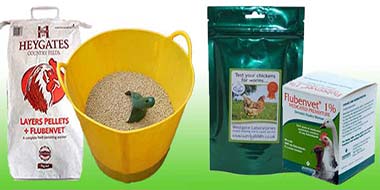
The Ultimate Guide to Worming Chickens
This in-depth guide will tell you everything you need to know about worming chickens. Most of the general information also applies to other poultry.

This in-depth guide will tell you everything you need to know about worming chickens. Most of the general information also applies to other poultry.
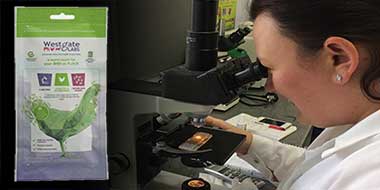
If you don’t want to use a wormer indiscriminately or need reassurance that a herbal product is working, then a Worm Egg Count Kit could be the answer!
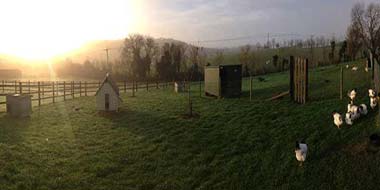
During the spring, poultry worms start to increase in numbers as the temperature holds above 10°C. It is a good idea to have a plan for springtime worming.
Blackhead is an ancient poultry disease caused by a tiny single-celled parasite called Histomonas meleagridis. It is usually carried by the harmless caecal worm ‘Heterakis

The backyard poultry market is growing rapidly but many novice poultry owners are unaware of simple preventative health routines that can significantly improve the health
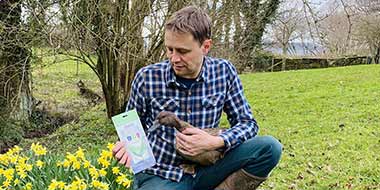
Ducks can carry worms, just like other poultry. Worming ducks (or de-worming, as some people say) is not difficult using a suitable worming product, but whether you need to worm ducks is often a question that comes up.

Ivermectin is an anti-parasite medication, effective against most worms (not tapeworm), mites, and lice, including scaly leg mite and northern fowl mite.
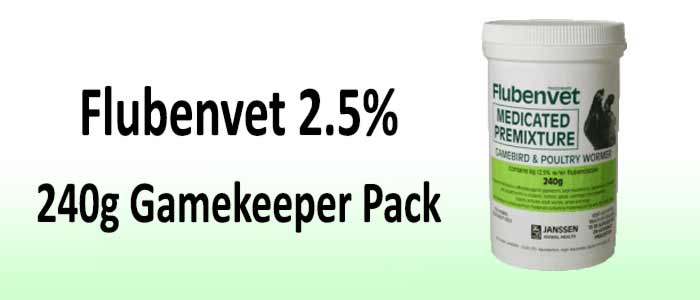
Flubenvet 2.5% poultry wormer is a medicated feed supplement commonly used to worm chickens, turkeys and geese. It is not licensed for use with ducks
Over the past few years, awareness of roundworms and gapeworms in backyard poultry has increased dramatically with owners either routinely worming with Flubenvet, or using
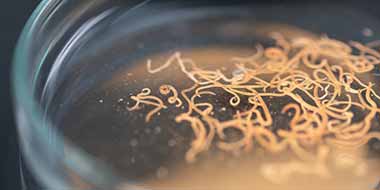
Chicken Roundworms are 5 to 8cm long and live in the middle part of a bird’s intestine. Bad infestations usually occur when birds are kept in intensive conditions on dirty litter or in runs that have been used for many years.
Gizzard Worm or Amidostomum Anseris are thin worms about 2cm long that predominantly affect geese. Infestations occur directly by birds eating eggs passed out in droppings,
Hairworms or Capillara are incredibly thin, almost as thin as hair which is where they get their name from. They are 1 to 2cm long and
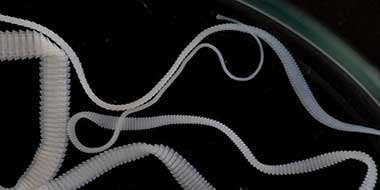
Many different tapeworm species affect poultry, although they are not often found, and thankfully, most of them are completely harmless.
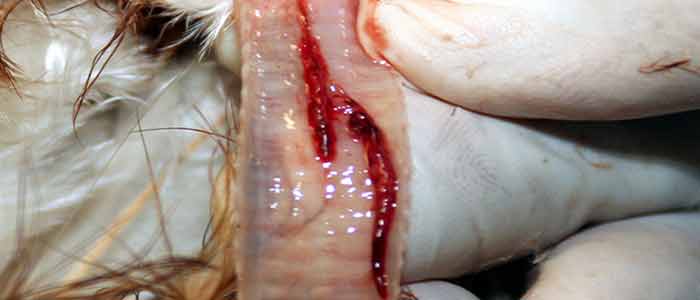
Gapeworms (Syngamus trachea) are included under ‘respiratory system’ since the adult worms reside in the trachea (or windpipe) and often produce a gurgling or ‘tracheal rattle’ that